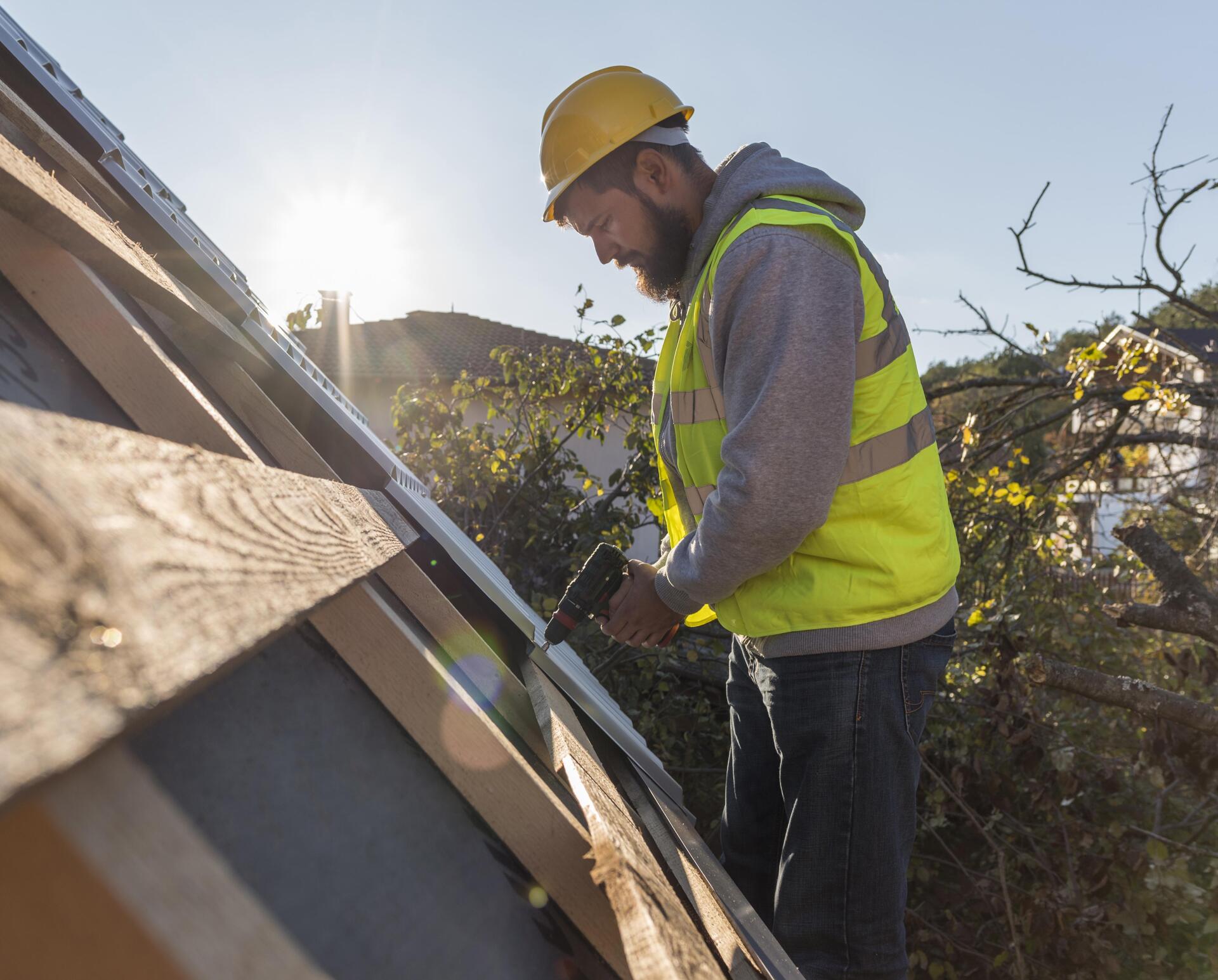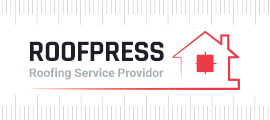Chimney Services

Chimney Seal and Maintenance: Essential Steps for Home Safety and Efficiency
A well-maintained chimney is crucial for the safety and efficiency of your home heating system. Regular upkeep not only prevents costly repairs but also ensures your family's well-being. Proper chimney sealing and maintenance can save homeowners up to $12 in repairs for every dollar spent on preventive care.
Chimney issues often go unnoticed until they become severe. Cracks in the crown, spalling bricks, and inadequate sealing can lead to water damage, structural problems, and even fire hazards. By implementing a routine maintenance schedule and addressing minor issues promptly, you can extend your chimney's lifespan and avoid expensive repairs down the line.
Sealing your chimney is a key aspect of its maintenance. This process involves waterproofing the exterior, applying high-quality silicone to the flashing, and ensuring there are no gaps where smoke or moisture can escape. A properly sealed chimney improves your heating system's efficiency and prevents harmful gases from entering your living space.
Key Takeaways
- Regular chimney maintenance prevents costly repairs and ensures safety.
- Sealing the chimney improves heating efficiency and prevents moisture damage.
- Professional inspections and timely repairs are essential for chimney longevity.
Understanding Chimney Maintenance
Proper chimney maintenance is crucial for the safety and efficiency of your home heating system. Regular care prevents hazards and ensures optimal performance of your fireplace or wood stove.
Identifying Common Chimney Problems
Chimney issues can pose serious risks if left unaddressed. Creosote buildup is a primary concern, as it's highly flammable and can lead to chimney fires. Look for black, tar-like deposits inside the chimney.
Damaged chimney crowns and flashing can allow water to penetrate, causing structural damage. Inspect for cracks in the crown and gaps around the flashing.
A missing or damaged chimney cap leaves the flue open to animals and debris. This can block proper ventilation and create fire hazards.
Deteriorating bricks or mortar joints may need repointing. Check for loose bricks, crumbling mortar, or white staining (efflorescence) on the exterior.
Importance of Regular Cleaning and Inspection
Annual chimney cleaning and inspection are vital for maintaining a safe home heating system. Professional cleaning removes creosote buildup, reducing fire risk and improving efficiency.
Inspections can catch problems early, preventing costly repairs. A certified inspector will check:
- Flue liner condition
- Chimney structure integrity
- Proper clearances to combustibles
- Smoke chamber and firebox condition
Regular maintenance extends the life of your chimney system and ensures it functions safely. It also helps maintain proper draft, preventing smoke from entering your home.
Choosing the Right Chimney Sweep
Selecting a qualified chimney sweep is crucial for proper maintenance. Look for certifications from organizations like the Chimney Safety Institute of America (CSIA).
Ask potential sweeps about their experience and insurance coverage. Request references and check online reviews for customer satisfaction.
A professional chimney sweep should:
- Perform a thorough inspection
- Clean the entire chimney system
- Provide a detailed report of findings
- Recommend necessary repairs or maintenance
Be wary of sweeps offering unusually low prices or using scare tactics to sell services. A reputable professional will educate you on proper chimney care and safety.
Sealing and Repairing Your Chimney
Proper sealing and repair of your chimney are essential for maintaining its structural integrity and efficiency. These processes help prevent water damage, improve energy efficiency, and ensure safe operation of your fireplace or wood stove.
Selecting the Proper Sealant
Choosing the right sealant is crucial for effective chimney maintenance. Masonry sealants are specifically designed for chimneys and provide excellent protection against water infiltration.
Silicone-based sealants offer superior flexibility and durability, making them ideal for areas with temperature fluctuations. These sealants can withstand extreme heat and cold while maintaining their protective properties.
For optimal results, select a breathable sealant that allows moisture to escape while preventing water from entering. This helps prevent trapped moisture that can lead to deterioration of the chimney structure.
Always ensure the chosen sealant complies with local building codes and is suitable for your specific chimney type.
Effective Sealant Application Techniques
Proper application of chimney sealant is key to its effectiveness. Start by thoroughly cleaning the chimney surface, removing any debris, loose mortar, or old sealant.
Apply the sealant using a brush or roller, ensuring even coverage. Pay special attention to joints, cracks, and areas prone to water penetration.
For best results, apply the sealant in thin, multiple coats rather than one thick layer. This allows for better absorption and a more durable seal.
Weather conditions are important. Apply sealant on a dry day with moderate temperatures for optimal curing.
Ensure proper ventilation during application to maintain air quality and prevent fume buildup.
Masonry Repair and Spalling Prevention
Spalling, the flaking or chipping of bricks, is a common chimney issue. Address it promptly to prevent further damage.
Replace damaged bricks and repoint mortar joints as needed. Use mortar that matches the original in strength and composition for compatibility.
Apply a water-repellent sealant to the entire chimney surface after repairs. This helps prevent future spalling by reducing water absorption.
Regularly inspect your chimney for signs of damage. Early detection and repair of small issues can prevent more extensive and costly repairs later.
Consider installing a chimney cap to reduce water exposure and prevent debris entry, further protecting your chimney's masonry.
Contact Us
We will get back to you as soon as possible.
Please try again later.
About Company
Professial Roofing Company with an Professial Approach.
Navigation
| Powered by Shawn
